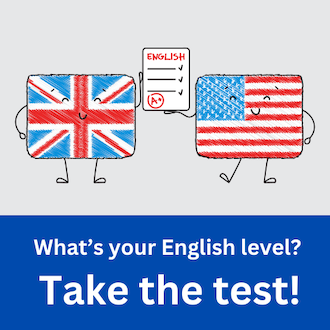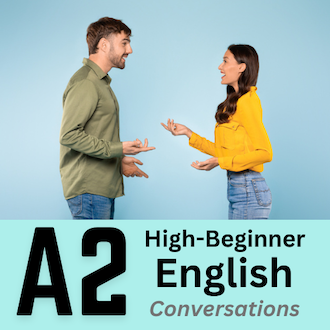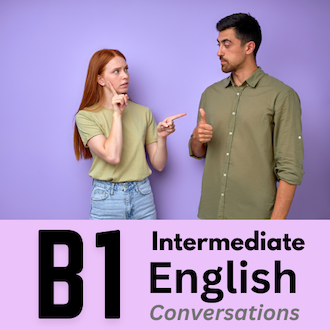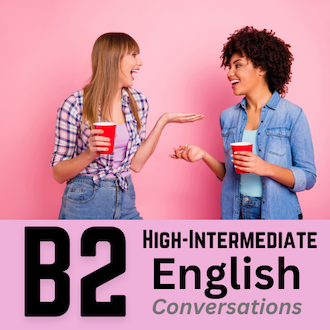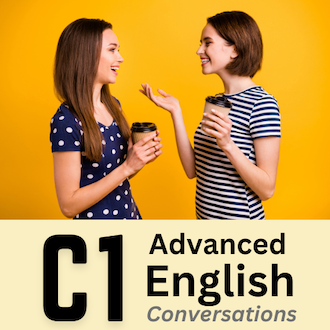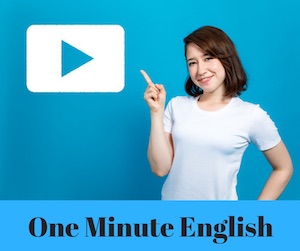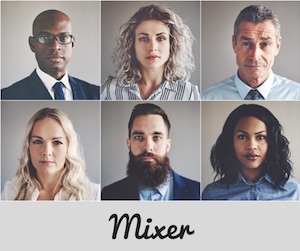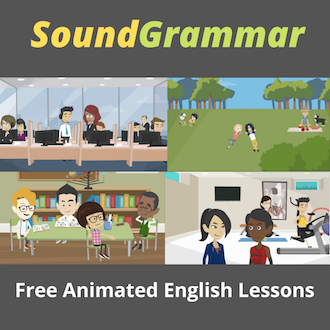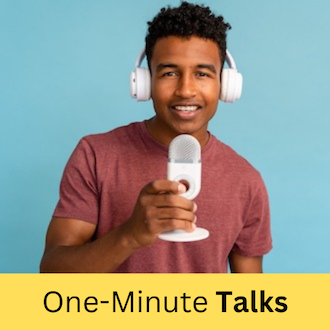Irish Politics
Todd: So, Ruth, you're from Ireland.
Ruth: Yes, that's right.
Todd: And could you talk a little bit about the government in Ireland, like do you have a president or a prime minister?
Ruth: In fact, we have both. We have a president, Mary McAleese, and then there's another set, another ruling body, where the head is called the Taoiseach, which is Irish for Prime Minister, and the Prime Minister at the moment is a man called Bertie Ahern.
Todd: So you have two Prime Ministers.
Ruth: We have a president and then we have a Prime Minister.
Todd: OK, and the woman is the
Ruth: The woman is the President. Mary McAleese is the president.
Todd: OK, well, who actually has the power? Who makes the decisions?
Ruth: Normally I think it's the Taoiseach, the Prime Minister, that makes most of the decisions, and he's over the government. He decides the government.
Todd: OK, and what's that title called, Taoiseach.
Ruth: Taoiseach
Todd: Taoiseach
Ruth: It's Irish.
Todd: OK, so that's like Gaelic.
Ruth: Yeah. Yeah. There are still some parts of Ireland that's the Gaelic and, and also because it's one of the official languages. A lot of things will have an Irish name and an English name as well.
Todd: So how do you choose the "Taoiseach".
Ruth: The Taoiseach is chosen by the people. So we vote in the Prime Minister, but we also vote in the President as well. We get to choose both.
Todd: OK, well, that's quite interesting. Do the elections happen at the same time?
Ruth: No, usually they happen seperately.
Todd: OK, so what's the point of having the President?
Ruth: I'm not sure. I don't really know. I'm not big into politics, so I'm not sure how the whole thing works.
Todd: Right, right.
Ruth: But I just know that we have a president as well.
Todd: Well, have you ever had a female "Taoiseach", a female Prime Minister?
Ruth: There's never been a female "Taoiseach", only female presidents. We've had two female presidents. Mary McAleese and before her, Mary Robinson.
Todd: OK, now is Ireland do most of the people vote? Do you have a high voter turnout?
Ruth: Quite a lot of people do vote. Mainly, older people, though. Younger people don't vote so much.
Todd: That's not good.
Ruth: No, not very good at all.
Todd: Yeah, I think in the states it's like 50%, or going down.
Ruth: It's probably that, but maybe on the lower side.
Todd: OK, well, thanks Ruth.
Ruth: No problem.
ruling body
Aside from the president, Ireland has another set of ruling body.
Here, 'ruling body' refers to an organization that has the power to make and enforce rules. Notice the following:
- How many members does the ruling body have?
- There were many problems in the country, because the ruling body wasn't chosen by the people.
Gaelic
There are still some parts of Ireland that's Gaelic.
'Gaelic' is a Celtic language that includes what was spoken in ancient Ireland. Notice the following:
- The design actually has a Gaelic script.
- This story was originally written in Gaelic.
elections
The elections for President and Prime Minister happen separately.
An 'election' is used to choose a public leader for a political office. This person is elected when the people vote in an election. Notice the following:
- We will have elections for student government next week.
- During the election years, there are a lot of debates on television.
high turnout
There is usually a high voter turnout among older people.
A 'high voter turnout' means that a high percentage of people who are of legal age to vote actually came to vote. Usually 'turnout' is used to compare the number of people who come to an event with the number of people who you expect to come. Notice the following:
- The event had a much higher turnout than we were expecting.
- They had a very high turnout for their CD release party.
on the lower side
The voter turnout among young people is on the lower side.
'On the lower side' refers to the fact that the turnout for younger people is lower than it should be or lower than it is for other groups. Notice the following:
- The average income for people in this area is on the lower side.
- Most of the grades on this test were on the lower side.
Vocabulary Quiz
turnout • lower side









